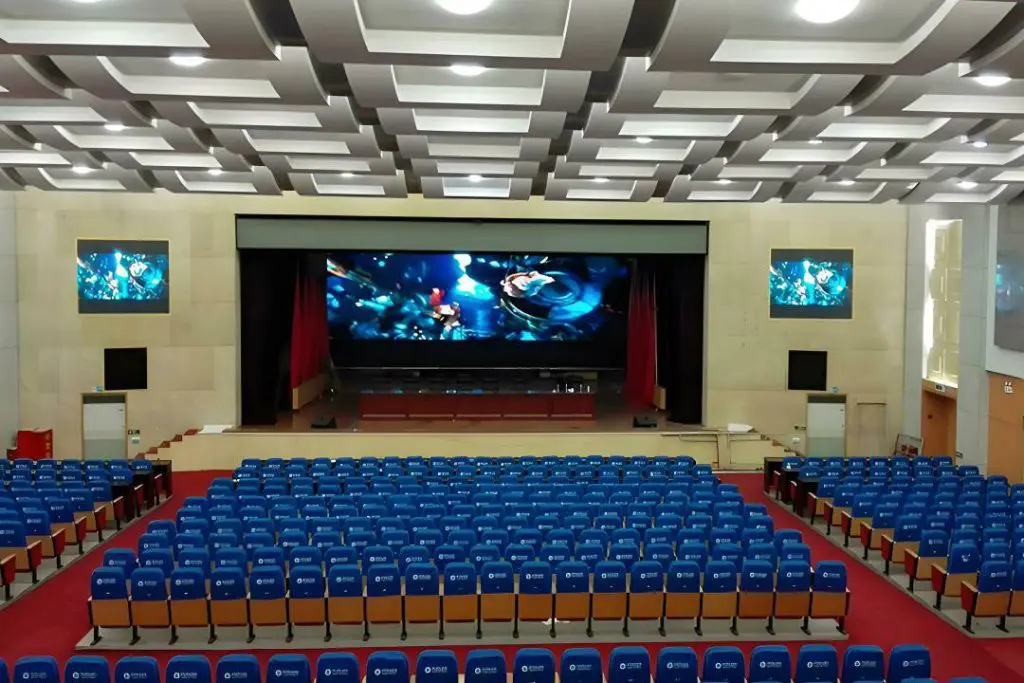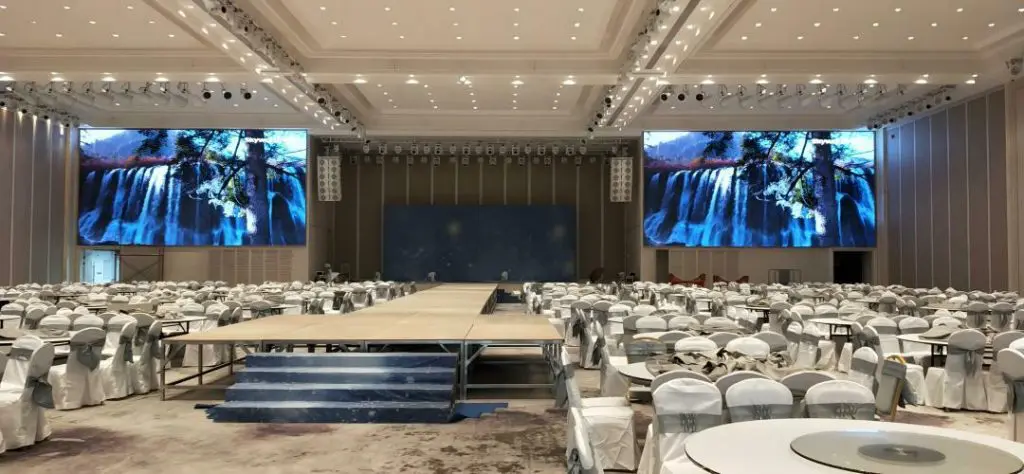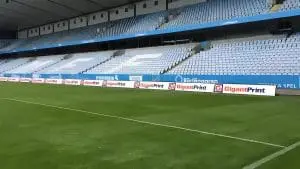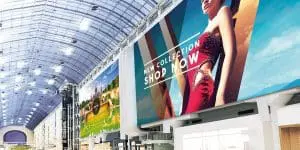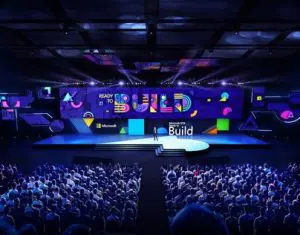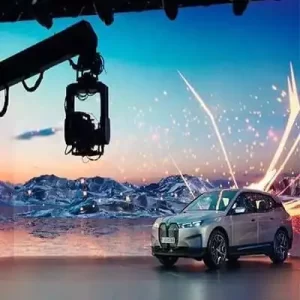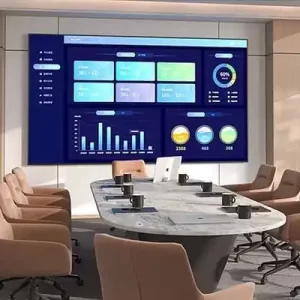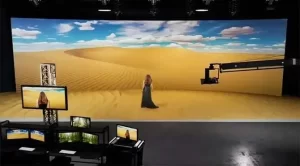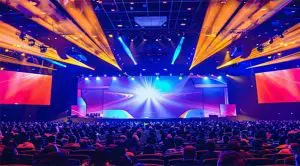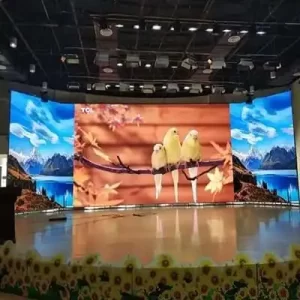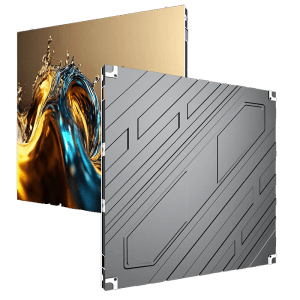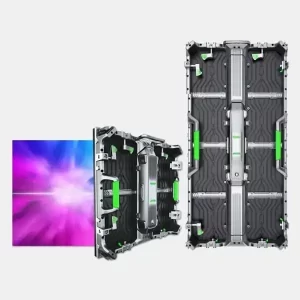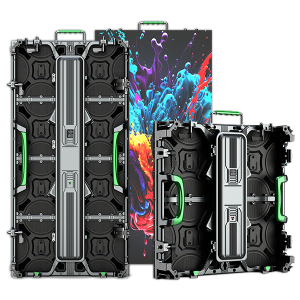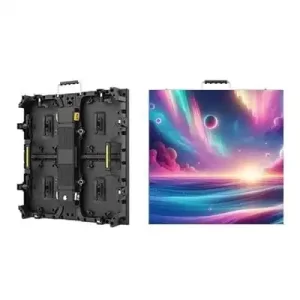An auditorium LED screen is a high-tech display solution designed to enhance presentations, performances, and events in large venues. Whether it’s a conference, theatrical performance, live concert, or graduation ceremony, LED Display screens in auditoriums provide dynamic visuals, clear communication, and immersive experiences for both the audience and presenters. Their versatility and ability to deliver high-resolution content make them an essential feature in modern auditoriums.
In this article, we’ll explore the benefits, applications, types, and features of LED screens in auditoriums and why they are becoming indispensable for creating impactful events.
What Is an Auditorium LED Screen ?
An auditorium LED screen is a large-format digital display that uses light – emitting diodes (LEDs) to produce high-definition visuals with vibrant colors and excellent brightness. These screens are designed for large venues and are used to display presentations, videos, live feeds, and stage backdrops. They are a superior alternative to traditional projectors because of their clarity, brightness, and seamless visuals.
Why Are LED Screens Important in Auditoriums ?
Auditoriums host a broad range of events, and LED screens enhance the experience by :
- Improving visibility for large audiences, even in the back rows.
- Delivering high-quality visuals in any lighting condition.
- Enhancing event engagement with dynamic and interactive content.
- Creating immersive environments for performances and shows.
Benefits of LED Screens in Auditoriums
Installing LED screens in auditoriums offers numerous advantages, making them a vital investment for venues:
1. Superior Visual Quality
LED screens deliver vibrant colors, high brightness, and crisp resolution, ensuring that every detail is visible to the audience. Unlike projectors, LED screens maintain clarity even in brightly lit spaces, providing:
- Seamless, gap – free visuals.
- High contrast for sharp text and images.
- Wide viewing angles for large audiences.
2. Versatility for Events
Auditorium LED screens are ideal for a variety of events, including :
- Corporate conferences and seminars with slides and video presentations.
- Live performances, concerts, and theatrical productions with immersive visuals.
- Educational events such as lectures, graduations, and award ceremonies.
- Multimedia presentations for product launches, fundraisers, or community events.
3. Real-Time Live Streaming
For events such as concerts, conferences, or ceremonies, LED screens allow real-time broadcasting of :
- Close-up shots of speakers, performers, or participants.
- Live feeds from remote locations for hybrid or virtual events.
- Instant replays or highlights to engage the audience.
4. Customizable Backdrops
LED screens can act as dynamic digital backdrops for the stage, displaying :
- Event themes, branding, or logos.
- Scenic visuals and animations for performances.
- Interactive visuals or custom designs for immersive experiences.
5. Enhanced Audience Engagement
LED screens keep the audience engaged with :
- Interactive content, such as polls, Q&A sessions, or live social media feeds.
- Multimedia storytelling with videos, animations, and graphics.
- Real – time visuals that complement live performances or discussions.
6. Easy Integration with AV Systems
Auditorium LED screens seamlessly integrate with audio-visual systems, making it easy to :
- Sync content with audio for presentations or performances.
- Display multiple content formats, such as videos, slides, or live feeds.
- Control the screen remotely for smooth transitions during events.
Applications of LED Display Screens in Auditoriums
LED screens can be used creatively for a wide range of applications in auditoriums:
1. Stage Backdrops
LED screens are often placed behind the stage to :
- Create dynamic backdrops for concerts, plays, and ceremonies.
- Display branding, logos, or event themes for corporate events.
- Showcase visuals that complement performances, such as scenic landscapes or abstract designs.
2. Live Presentations
For conferences, seminars, and lectures, LED screens are used to:
- Display high-resolution slides, charts, and graphs.
- Highlight speaker profiles, key messages, or event schedules.
- Show real-time data or interactive content to engage the audience.
3. Live Streaming and Recording
LED screens are essential for broadcasting live events, ensuring every attendee has a clear view. They are used to:
- Stream close-up shots of speakers or performers for large audiences.
- Display live feeds from other venues or remote participants.
- Record and replay key moments during events.
4. Hybrid and Virtual Events
In today’s hybrid event landscape, LED screens play a vital role by:
- Displaying live streams of virtual participants.
- Hosting video calls or webinars as part of the program.
- Enabling audience interaction through live polls or Q&A sessions.
5. Entertainment and Performances
LED screens enhance entertainment events by:
- Providing immersive visuals for concerts, plays, or dance performances.
- Displaying interactive effects, animations, or theatrical backdrops.
- Creating mood – setting visuals, such as starry skies, cityscapes, or abstract designs.
6. Branding and Advertising
For sponsored events, LED screens can display :
- Sponsor logos and advertisements.
- Promotional videos or messages.
- Event-specific branding, such as hashtags or taglines.
Types of LED Screens for Auditoriums
The right type of LED screen depends on the size of the auditorium, the type of events hosted, and the desired visual effect. Here are the most common types:
1. Video Walls
- Best For : Large stages and high-impact visuals.
- Features :
- Modular design for customizable sizes.
- High – resolution displays for crisp visuals.
2. Curved LED Screens
- Best For : Immersive audience experiences or unique stage designs.
- Features:
- Flexible panels that can be curved to fit specific layouts.
- Seamless visuals for panoramic effects.
3. Transparent LED Screens
- Best For : Modern and futuristic stage designs.
- Features :
- Semi-transparent panels that blend with the environment.
- Lightweight and easy to install.
4. Freestanding LED Displays
- Best For : Portable setups or secondary displays.
- Features :
- Easy to move and set up for different events.
- Ideal for displaying schedules, directions, or sponsor messages.
5. Floor LED Screens
- Best For : Interactive performances or creative stage designs.
- Features :
- Durable, impact-resistant surface for foot traffic.
- Ideal for dance floors or visual effects.
Key Features to Consider
When selecting an LED screen for an auditorium, prioritize the following features:
1. High Resolution
For auditoriums, pixel pitches of P1.5–P3 are ideal to ensure sharp visuals, even for close viewing.
2. Wide Viewing Angles
Choose screens with wide viewing angles to ensure clear visibility for all audience members, regardless of their seating position.
3. Brightness and Contrast
Indoor LED screens should have brightness levels of 800–1,500 nits to ensure excellent visibility in well-lit auditoriums.
4. Seamless Design
A seamless display ensures there are no visible gaps or lines between panels, creating a polished and professional appearance.
5. Easy Integration
Select LED screens that integrate easily with existing audio-visual systems for smooth operation during events.
Cost of LED Screens for Auditoriums
The cost of LED screens for auditoriums depends on factors like size, resolution, and additional features. Below is a general price guide:
| Screen Type | Pixel Pitch | Cost per m² (USD) | Best For |
|---|---|---|---|
| Video Wall | P1.5–P3 | $600–$2,000 | Large-stage backdrops and visuals. |
| Curved LED Screen | P2–P4 | $1,000–$2,000 | Immersive and creative displays. |
| Transparent LED Screen | P3–P7 | $1,000–$2,500 | Modern and futuristic designs. |
| Freestanding Display | P2–P4 | $1500–$2,500 | Portable or secondary displays. |
| Floor LED Screen | P3–P6 | $1,500–$2,000 | Interactive stage floors. |










